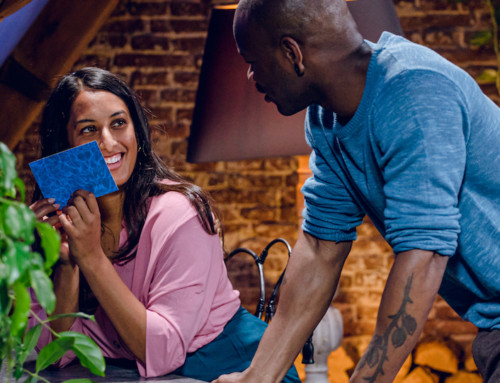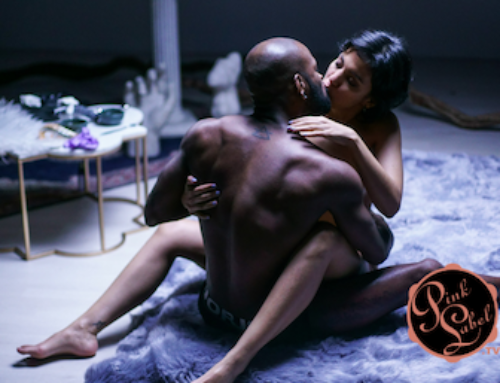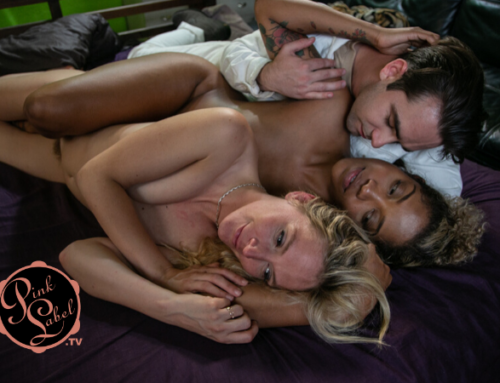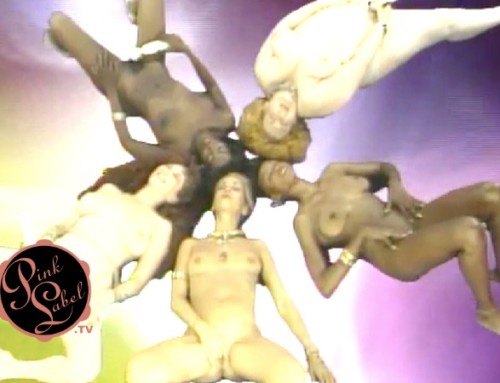Camera and I (14 mins, directed by Shine Louise Houston)
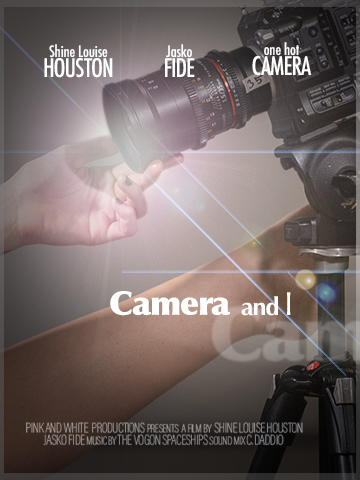 From the opening shot of a talking camera mounted on a tripod, you know this brief film is going to be funny and direct. “Have you ever considered having sex with a camera?” … “I’m a Sony, … “I’m a 35…” What you don’t know, is how visual the film is, throughout. Of course, it’s a film, how can it not be visual? But the cinematography is more than that. It’s sensual and seductive.
From the opening shot of a talking camera mounted on a tripod, you know this brief film is going to be funny and direct. “Have you ever considered having sex with a camera?” … “I’m a Sony, … “I’m a 35…” What you don’t know, is how visual the film is, throughout. Of course, it’s a film, how can it not be visual? But the cinematography is more than that. It’s sensual and seductive.
Jasko Fide, the lone actor other than the camera, responds, “You look stable.”
The camera is kissed and stroked, and her f stops are manipulated, bringing Fide’s face up close, her mouth within kissing distance, her eyes penetrable, and then the scene recedes into soft focus.
Soon enough, Fide is slowly undressing (she’s not wearing a lot to begin with) beneath the camera’s gaze, and masturbating to orgasm. She asks the camera’s permission to use a toy, and then asks, “Can I come again?”
“Yes, but I’d like to look at you from a different angle.” This is the first time that the presence of the person behind the lens seems to speak for the camera, with the performer—albeit briefly. During this sequence, the focus is on the actor’s face, from beginning shots that have the viewer staring deep into the lens of the camera, and then into the performer’s eyes. The juxtaposition of the lens with her face, the opening and closing of the aperture with her increasing excitement, the viewer is drawn into and out of the vision—into and out of the aperture. With the climax, Fide’s and the movie’s, the lens is redirected to her body.
“Ohmigod, this camera turns me on,” Fide says, at the end of the film and her several orgasms. The separation of the performer/performance and the viewer are effectively blurred “as the camera explores new facets of its own vision.” At the same time, the self-focus shows how the dismissal of any distractions brings about the intensity of presence and of feeling—that’s all there is, after all.



